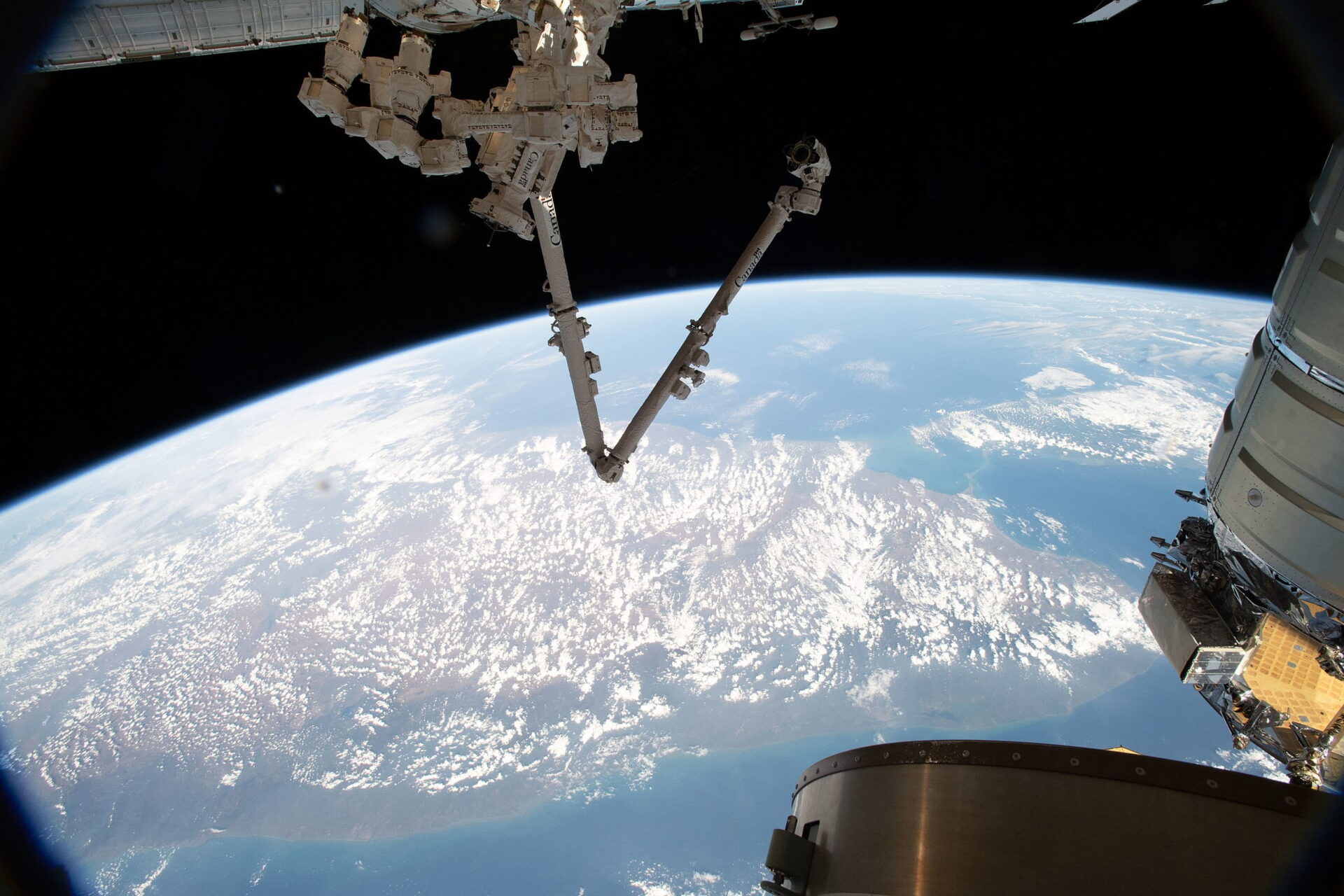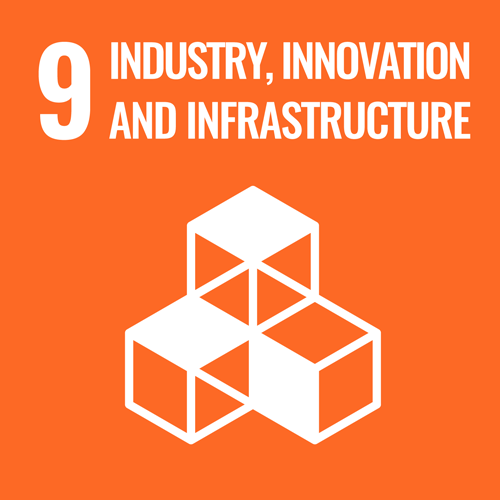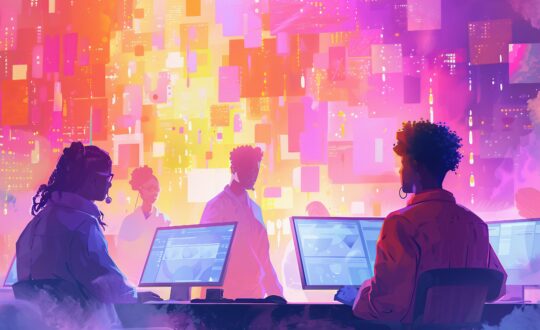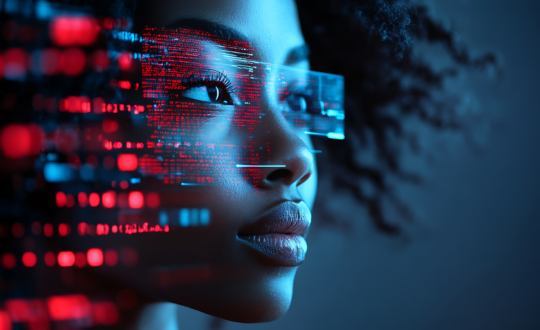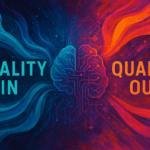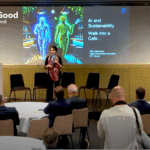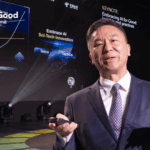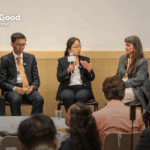The use of Artificial Intelligence (AI) is critical when it comes to the sustained exploration of space. AI is increasingly enabling humans to explore further into the solar system, understand its origin, evolution, and potential of space science applied to life on Earth. AI technologies have also been incorporated in space robots to increase autonomy in interplanetary exploration missions.
Space Week 2022 celebrates “Space and Sustainability,” and the recent AI for Good webinar, “Intelligent robots for space science and planetary exploration” explored how AI is shaping space robotics leading to sustainable and innovative applications of advanced technologies, unlocking some of the deepest secrets of our Universe.
The session organized by ITU in collaboration with United Nations Office for Outer Space Affairs (UNOOSA), provided an in-depth “overview [to] discuss the key capabilities that the AI has enabled for space robotics, what are the key open problems related to AI in the space robotics sphere and what are the most exciting opportunities for future research and development,” said Marco Pavone, Associate Professor of Aeronautics and Astronautics at Stanford University.
Sustainability and Space for All
Space and AI technologies have always been two halves of one whole. Even before computer technology became commonplace, science fiction provided readers with theoretical ideas on a broad range of applications of AI and robotics in the context of space travel.
Nowadays UN Member States are working together to develop new space policy under the auspices of the UNOOSA, the UN agency devoted to space-related affairs.
“We provide capacity building to [Member States] so they actually can get up to speed and learn and apply new technologies for sustainable development,” says Jorge Del Rio Vera, Scientific Affairs Officer at UNOOSA.
He emphasized that we are facing the problem of space divide, the gap between countries that have space capabilities and those without them, that the agency is dealing with. “This is a spectrum; it’s not from black to white but there are a lot of greys in the middle,” explained Del Rio Vera.
There are various projects UNOOSA is working on to facilitate sustainable development including Access Space for All, “which is the initiative that is basically providing opportunities, access to reserve facilities and infrastructure, information and education to breach that space divide.”
In the current context, space robots are working in parallel with humans, with oversight and direction from astronauts or base stations. However, the key objective for AI in the long-term perspective is to allow access to “places which do not guarantee continuous communication… Once the robot system enters in there, it is completely alone and has to mind for itself.” explains Gianfranco Visentin, Automation and Robotics Section Lead at the European Space Agency (ESA).
AI is a complicated paradigm that can learn on its own and “solve different problem domains using different paradigms,” said Visentin.
Space robotics require great attention to detail in preparing for space missions. Visentin highlighted that the key challenges of AI are planning and scheduling. “Things can go wrong because actually we don’t know what is going to happen there, so the systems have to have enough ability to essentially change the plans,” said Visentin.
Robots on Mars and the advancing the final frontier
Martian robots are a key area where autonomous robotic solutions can be deployed, because several challenges on the red planet can only be solved using AI capabilities.

Credit – NASA
While talking about NASA’s Mars 2020 Mission, Vandi Verma, Deputy Manager for Mobility and Robotics Systems at NASA Jet Propulsion Laboratory, explains how the Mars Perseverance Rover can collect different samples and send them to Earth and its new landing technique. “One of the things that we did with this mission was to say: that instead of limiting yourself to where we could land because of the capabilities that existed, where did the scientists really want it to land?” Using autonomous capabilities NASA’s scientists managed to advance the landing process of the rover.
“Instead of limiting ourselves, let’s actually think outside the box: what can we do if we were to deploy AI,” says Vandi Verma, Deputy Manager for Mobility and Robotics Systems at NASA Jet Propulsion Laboratory.
She pointed out that “the advances that we have made in the area of autonomous navigation are really opening up the possibilities in space exploration to the point where we actually depend on it. It is not just an experiment, we are actually using it.”
Further exploration of space entails expanding our horizons to reach the final frontier. “Why not solve it with AI?”, asks Verma. “Now we can actually find interesting science using AI techniques on board.”
AI applications testing the limits of sustainability
AI robotics capabilities are useful in many various spheres, including on-orbit missions
Yang Gao, Professor of Space Autonomous Systems at University of Surrey, talked about “findings in AI (that) enabled robotics with a long-term vision to help achieve sustainable space exploration and exploitation.”
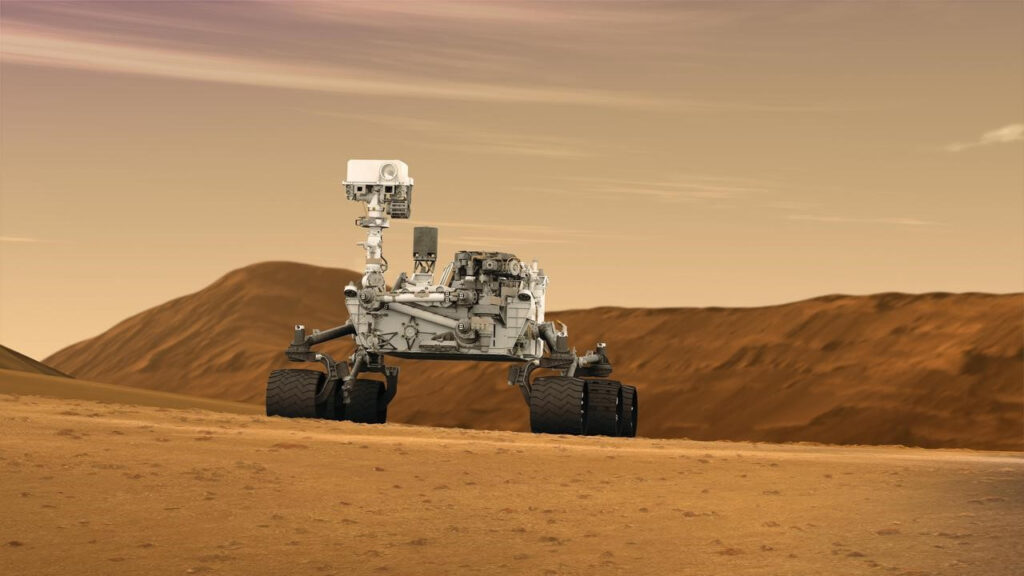
Credit – NASA
While describing various cases of how AI is used in orbital missions, Gao stated that there is a need to look at generic or reusable software architectures from the beginning of space system development. “The key beauty of introduction of AI in robotics is really about this potential of achieving a long-term goal that is really a need to have a sustainable long-lived operation for the next-generation of spacecraft which also involves more robust mobility and autonomy on board of those spacecraft.”
As space week highlights the need for sustainability, this webinar highlighted the fact that the further we get from Earth, the more autonomy for space robots is required by using AI.
To learn more about AI and space science, watch the full webinar here. Follow AI for Good to stay informed about the latest developments in AI and robotics.


